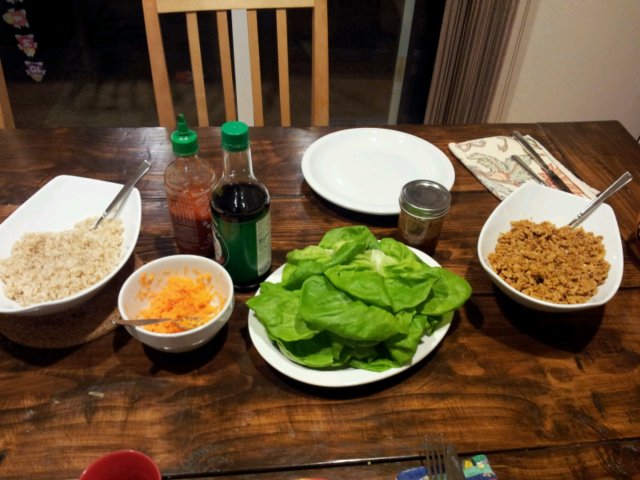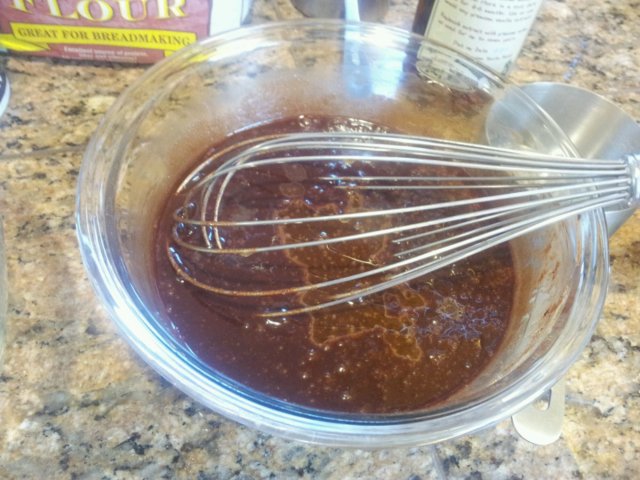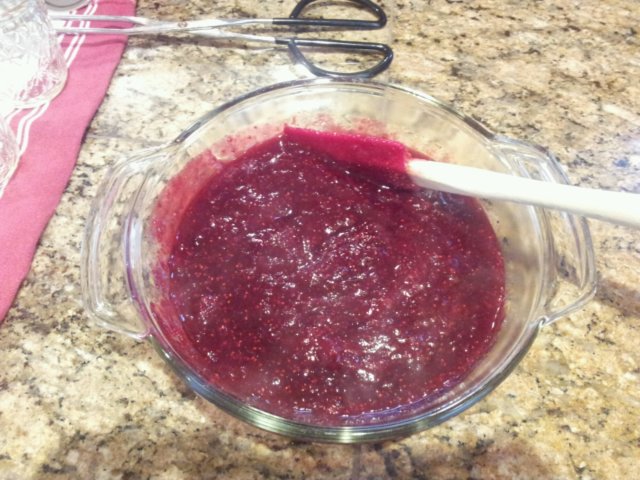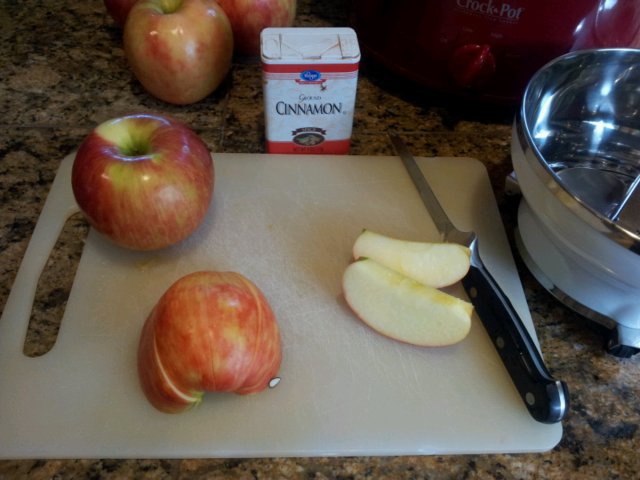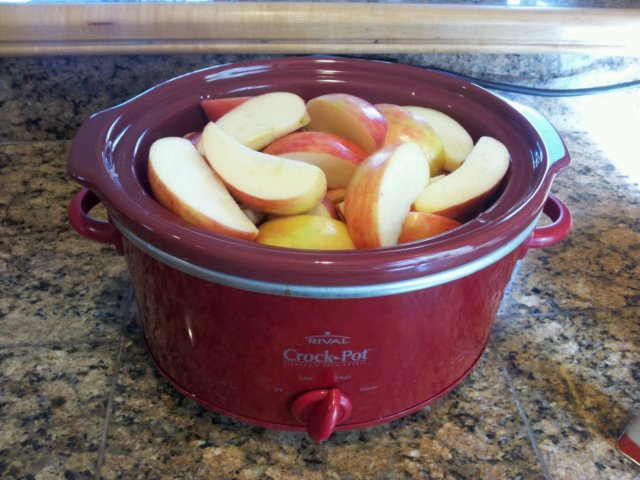Let me get something out of the way here. I like cows milk. I prefer it to most of the alternative milks out there, and I think as long as you aren’t actually lactose intolerant, buying organic milk is the way to go. It has protein, calcium, vitamin D – all good things.
It is my preferred cereal moistener, coffee whitener, and cookie chaser.
However, I learned something about milk a couple of years ago that I previously didn’t know, which is that milk can interfere with iron absorption in iron deficient people. And since at that time I had a small child who was iron deficient, I investigated the different kinds of alternative milks, in hopes that one of them might be a better choice than dairy.
Almond milk was the main alternative I was willing to consider. Unlike soy milk, it doesn’t have a lot of plant estrogens in it. It’s not watery like rice milk, and it has a lot of vitamin E and iron in it from the almonds.
The main downside with it as compared to dairy milk is the packaging and preservation. Most almond milk comes in TetraPaks, which can stay shelf stable for months. The way this is accomplished is through ultra pasteurization. Most of the nutrition that would otherwise be in there is cooked out during that process. Plus it is full of additives. Some of the additives are okay, such as the vitamin E that they add back in to replace the vitamin E that leaches out in the preservation. But others are just unnecessary.
Ultimately, I decided that we would stick with milk but that we would only have it on cereal or with coffee or cookies. Otherwise, we generally do not drink milk. We have other dairy – yogurt and cheese mainly. We get our calcium and vitamin D from these other sources, my kid gets his iron without interference from the calcium, and it all works out.
Recently though, I learned that you can get around the problems with the almond milk you buy at the store by making your own. I always thought that making it must be really complicated, but it turns out it is the easiest thing ever.
All you need to make it is milk and almonds. Maybe a little salt and vanilla too, if you like. But neither are necessary.
Here’s the recipe and step by step.
1 cup raw almonds
1/2 tsp. salt (optional)
2-3 cups water for soaking
4-6 cups water for making milk
1/2 tsp vanilla (optional)
In a small cup or bowl, soak 1 cup almonds in 2 – 3 cups water, along with salt if desired. Soak at least 8 hours or overnight.

The almonds will about double in size, and the water will get a bit cloudy.
Drain off the water.

Measure the almonds. You should now have about 2 cups of almonds. Put them in your blender. Add double the amount of water as almonds. I.e., if you have 2 cups of almonds, add 4 cups of water to the blender.
Turn on the blender and blend for about 2 minutes.

Place a strainer over a bowl, and line the strainer with 2 pieces of rinsed cheesecloth. Pour the blended almond slurry through the cheesecloth to separate the almond meal from the milk.
You can also use an item called a “nut milk bag” to make this or any other kind of nut milk. I have never seen one. I just know they exist. I also think that the phrase “nut milk bag” sounds like a really bad insult – as in, “you nut milk bag!”
Sorry. I digress.
Back to the recipe. We were straining our nut milk (heheh). Periodically gather up the edges of the cheesecloth and squeeze out as much milk from the almond meal as possible. Place the almond meal into a jar or plate, rinse off the cheesecloth, and continue repeating this process until all the milk has been separated from the meal.

Pour the strained milk into your 1qt. storage container. Add the vanilla if desired, along with any sweetener. Shake, and store in the refrigerator. It should keep for 5 – 7 days.
Your final product will be about 4 cups of almond milk (if you started with 4 cups of water – more water will mean more almond milk) and about 1 and 1/2 cups of almond meal.
DO NOT THROW OUT THE ALMOND MEAL. There are many uses for it – if you dry it out in the oven it can be turned into almond flour and used as a gluten free substitute for wheat flour in baked goods. In a future post I will feature how to make almond flour as well as some of the uses of this almond meal.

This is a less processed version of the nut milk you buy at the store. One knock against it is that it is somewhat more expensive than buying it in the TetraPaks, but given the expense of almonds, one wonders how the manufacturers are making it so cheaply. Not many almonds and a lot of chemicals is my guess.
One way to reduce the cost is to add more water, but be aware that this is essentially just diluting the milk – it also dilutes the nutrition. If you want to maximize the nutrition from the almonds, the best bet is probably to make it full strength.
Another way to reduce cost is to find an inexpensive source for the almonds. I got mine at Costco in a 3 lb. bag for about $15. That’s $5 a lb. There should be about 3 cups of almonds in a lb., so that means it costs about $1.60 to make a quart of almond milk. However, since I love almonds, I am not sure how many will become milk and how many will go straight into my face. Because of this, it’s hard for me to say with any certainty how much it costs to make almond milk.
The main thing is, I like it, it’s easy to make, and I know it’s healthier to make it myself without the preservation and additives.
How about you? What do you think about alternative milks like nut milk and soy milk? Do you like them?


















